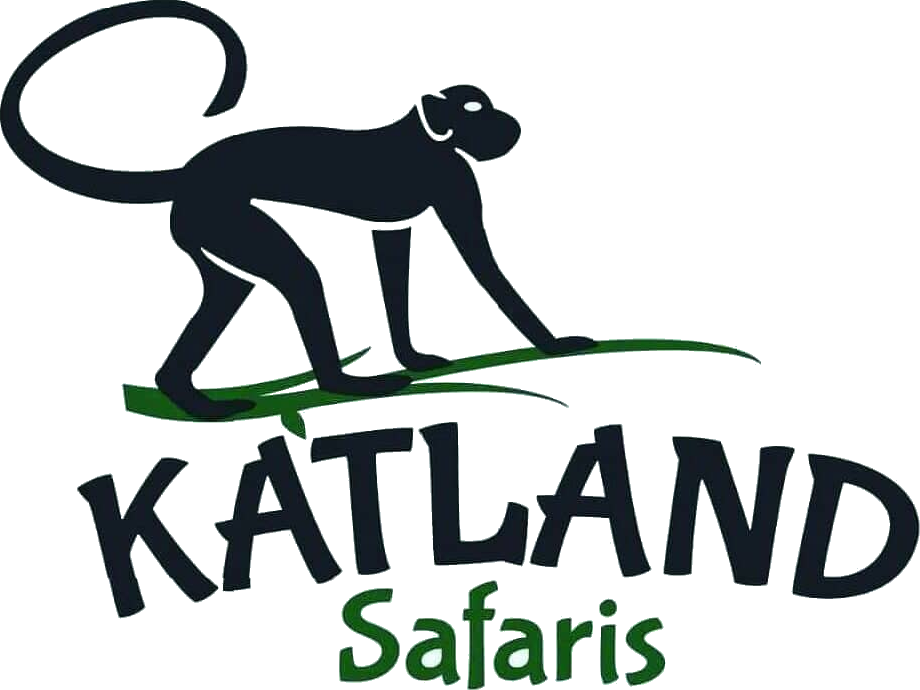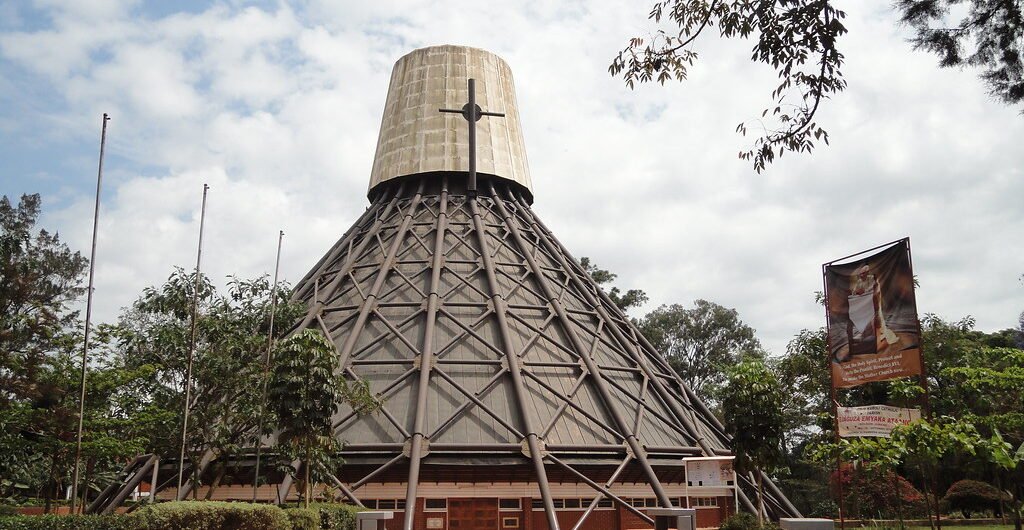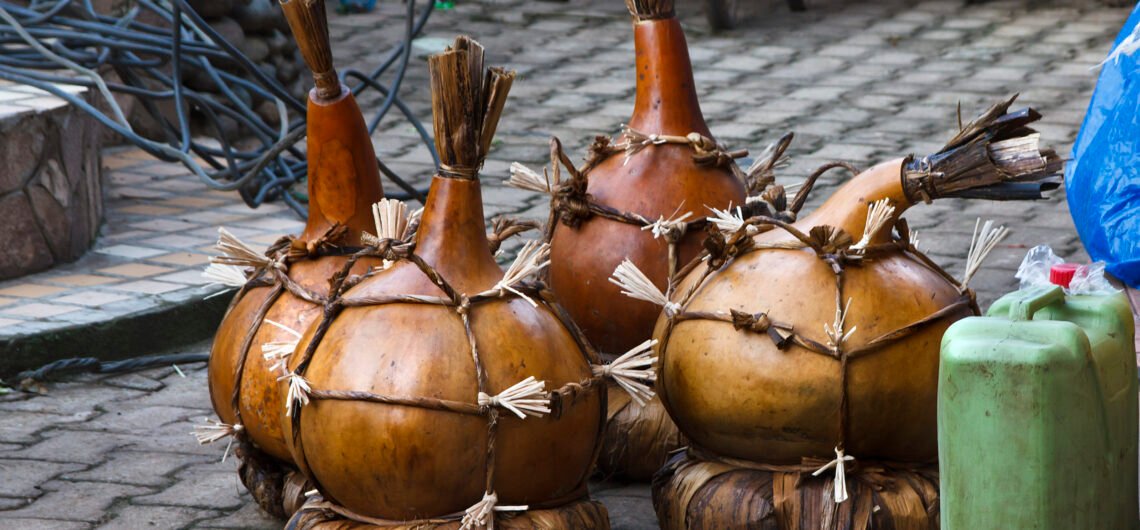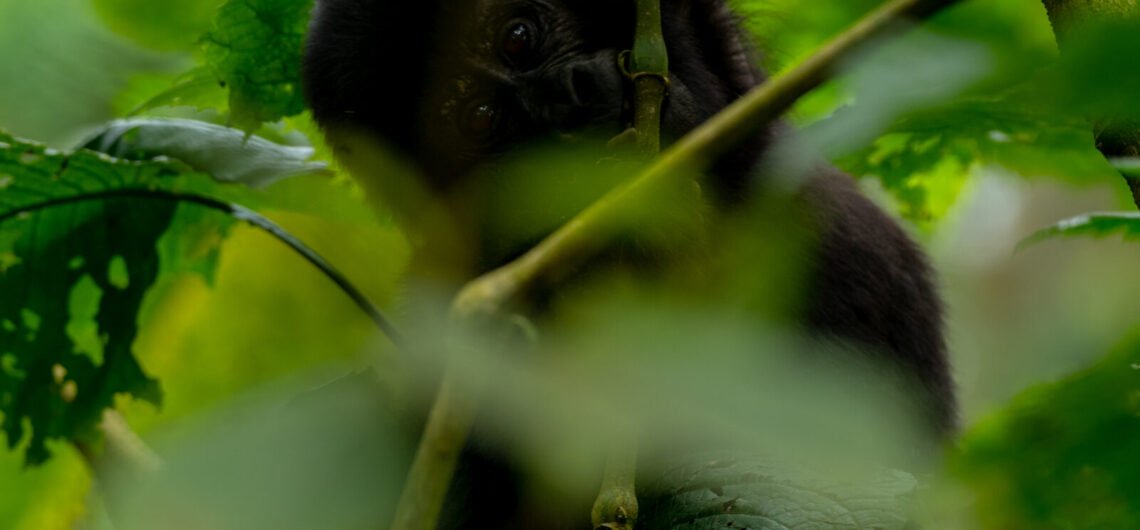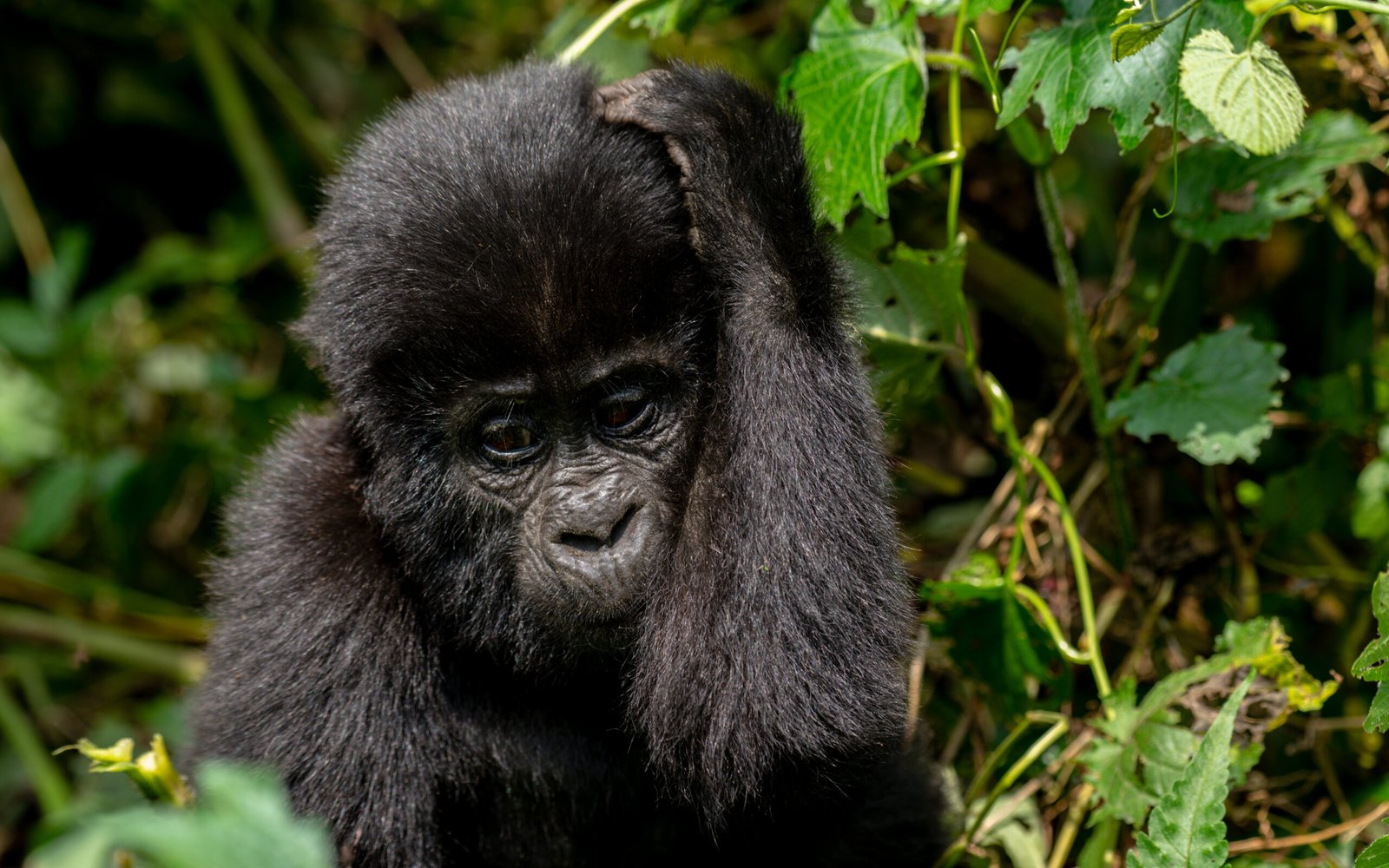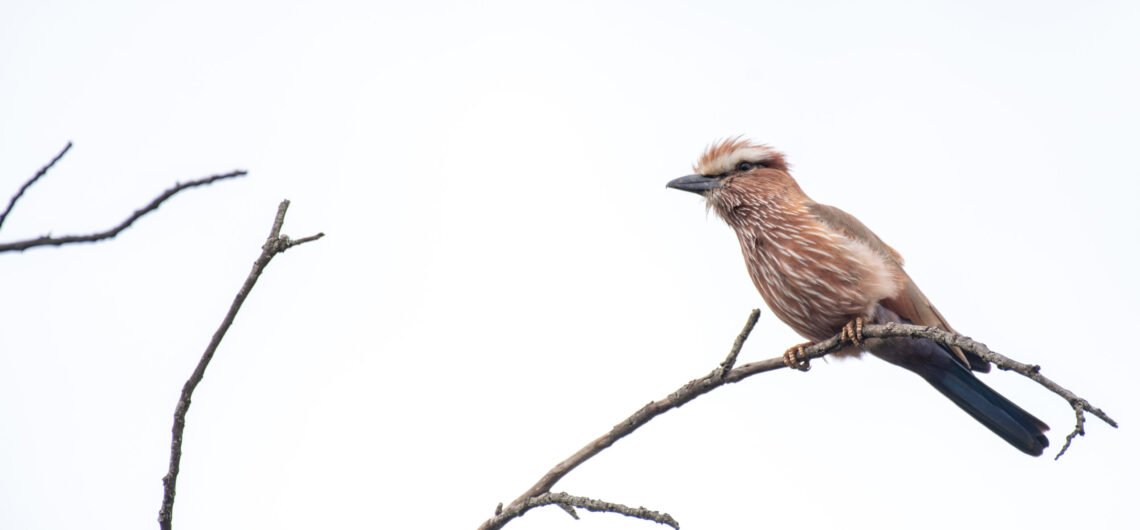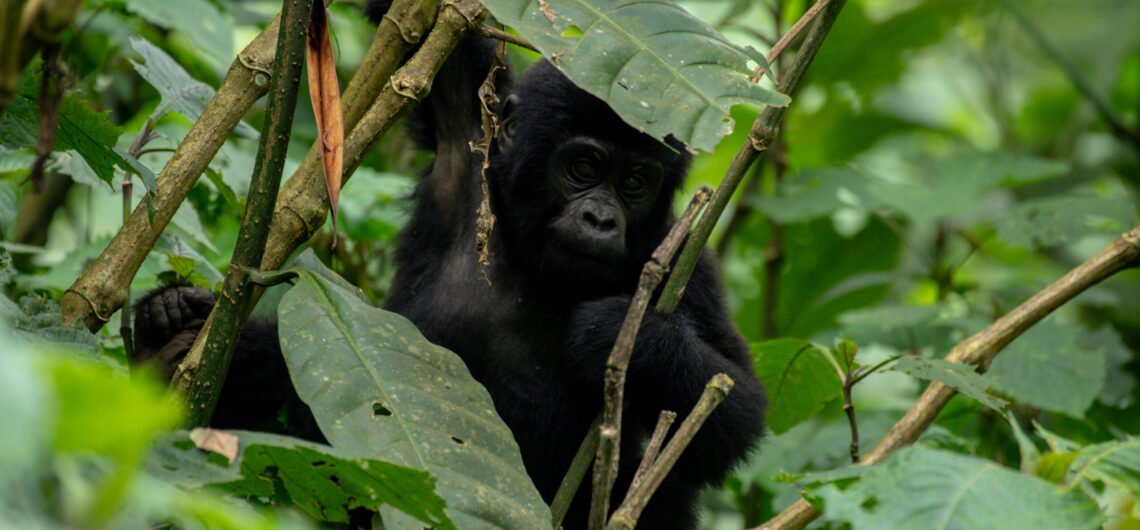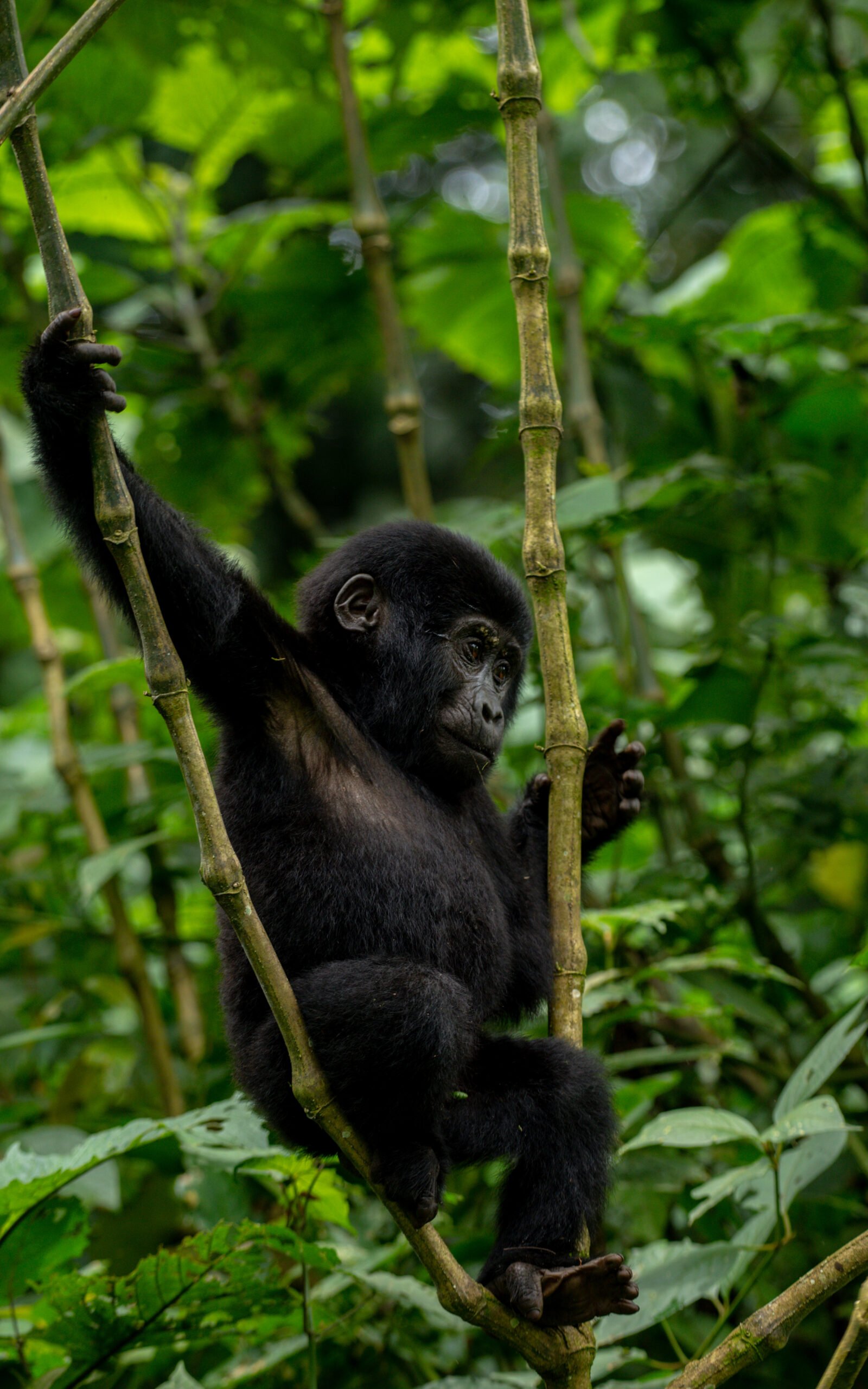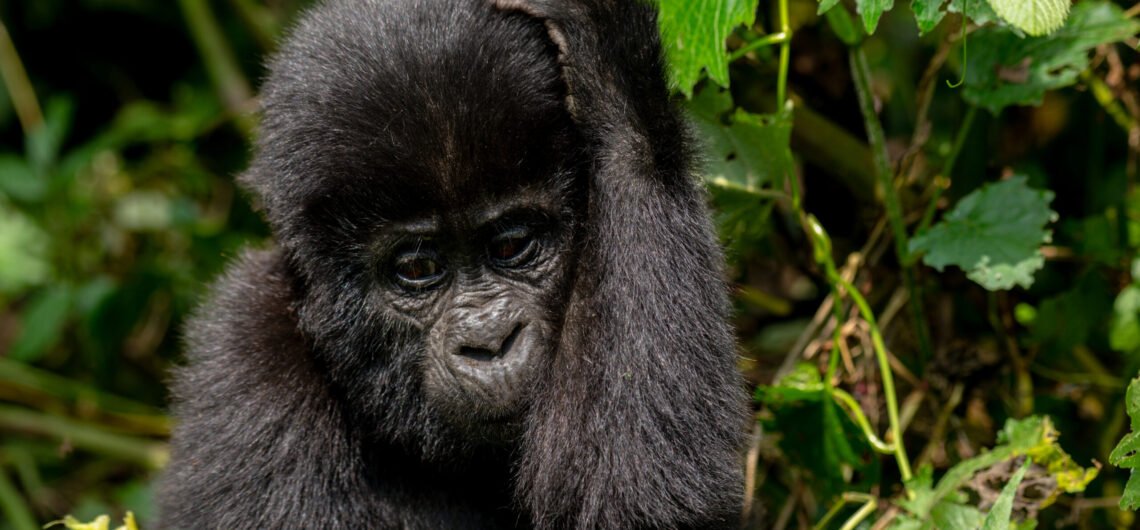Uganda Martyrs’ Day celebration | Discover the Sacred Spirit of Uganda Martyrs’ Day – A Celebration of Faith and Heritage in Namugongo.
Uganda Martyrs’ Day celebration. Every 3rd June, Uganda bursts with national pride and spiritual devotion as the nation observes Uganda Martyrs’ Day. This significant public holiday unites people across the country. The day pays tribute to 22 catholic martyrs who were brutally executed by King Mwanga II in the late 19th century for their unwavering commitment to their faith.
Their courageous stand in the face of extreme persecution laid the foundation for Christianity in Uganda. Yet, the importance of martyr`s day goes beyond its religious significance, symbolizing the nation`s resilience and moral fibers.
For many Ugandans, the martyrs embody a powerful symbol of resistance against tyranny. Their bravery in standing up to a ruthless leader echoes the struggles for Uganda’s independence and continues to inspire national unity.
The annual pilgrimage to the Namugongo and Munyonyo shrines attracts Ugandans and international pilgrims, promoting cross-cultural exchange and shared devotion. This gathering of people from diverse backgrounds highlights the enduring impact of the martyrs` story and its ability to transcend borders and faith.
Martyr`s day also invites introspection and moral contemplation. The martyrs’ unwavering dedication and their faith serve as a potential reminder of the value of conviction and integrity, even in the face of overwhelming challenges. This message resonates deeply in a society navigating complex modern issues.
Beyond honoring the past, Uganda Martyrs’ Day embodies hope, renewal, and resilience, an opportunity for Ugandans to reform their commitment to their communities and a more promising future.
Gorilla trekking experience after celebrating Marty’s Day
The gorilla trekking experience begins early with breakfast and a briefing at park headquarters, covering dos, don’ts and safety precautions. You’re then divided into groups of eight and, with a guide and embark on a 1–6-hour trek through dense vegetation to find the gorillas. The challenging hike includes regular breaks until you locate the gorillas. You will spend an hour observing them in interactions, playing, and grooming.
Being just a few feet away from these majestic creatures is indescribable, and the experience is unforgettable and humbling, with gorillas accustomed to human pressure.
Booking gorilla trekking safaris in Uganda and Rwanda with Katland Safaris after celebrating Marty’s Day
Katland Safaris organizes the best gorilla and wildlife safaris in East Africa. When it comes to gorilla trekking, we will book your gorilla trekking permits for Uganda`s Bwindi and Mgahinga gorilla national park and gorilla permits for Volcanoes National Park in Rwanda. Besides booking your gorilla permit, we will also put all other gorilla safari accessories, like transportation and accommodation, in one package to make your gorilla trekking safari a memorable adventure:
Your gorilla trekking safaris can be customized to meet your safari expectations and needs, and budget. The safari package can range from budget, mid-range, and luxury safaris.
Feel free to contact our team of excellent safari consultants to help you organize the best Africa gorilla safari ever.
Embark on an unforgettable Gorilla trekking and wildlife safari experience in Uganda and Rwanda.
WhatsApp us at +256705778866 to book your safari today!
Email us at info@katlandafricagorillasafaris.com for more information
Visit www.katlandafricagorillasafaris.com for exciting tour packages and itineraries.
